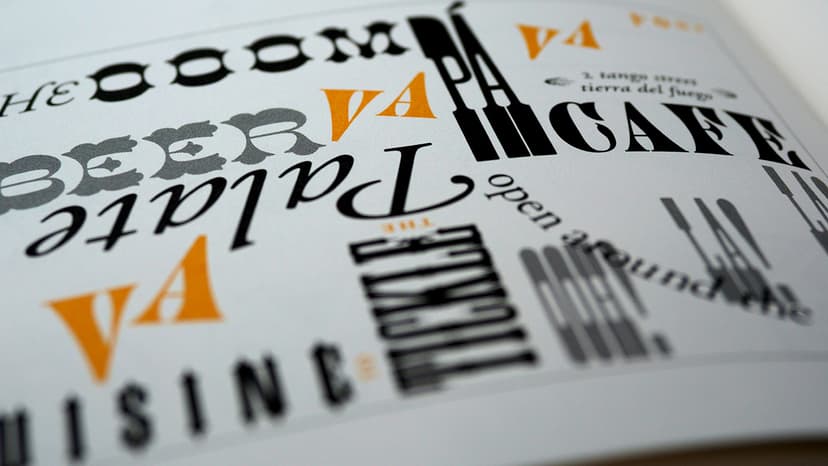What Is Recall in Machine Learning?
Machine learning is a fascinating field where computers learn how to make decisions based on data. Just like humans, these machines need to be evaluated to check if they're learning properly. One crucial measure that helps us gauge their performance is recall. To understand recall, imagine a machine learning model as a goalkeeper in a soccer match. The goalkeeper's job is to catch the ball, just like the model needs to identify and capture all the important information from the data.
Recall comes into play when we want to focus on how much of the 'important stuff' our machine learning model can catch. It answers the question: when there are actual positives around, can our model identify them correctly? In technical terms, recall refers to the number of true positive predictions divided by the number of true positives plus the number of false negatives.
Let's break down what that means with a simple example. Imagine you have a basket of fruits with apples and oranges mixed together, and you've designed a machine to pick out all the apples. If there are 10 apples in the basket and your machine identifies 8 of them, leaving 2 behind, the recall of your apple-picking machine would be 80%. It caught 8 out of 10, missing 2.
Why Is Recall Important?
Recall is especially important in situations where the consequences of missing a positive are severe. Think about medical diagnostics, where the cost of not diagnosing a sick patient (a false negative) could be life-threatening, as opposed to incorrectly diagnosing a healthy patient (a false positive). You'd want a recall as close to 100% as possible because you can't afford to miss any actual cases of the disease.
In the business world, online retail giants like Amazon use recall to recommend products to customers. They strive to ensure that the list of recommended products captures as many items as the customer would potentially want to buy. A high recall rate means that the customer finds many options to choose from, which could lead to higher sales. Recalls in product recommendations are increasingly refined through advanced techniques, such as collaborative filtering and deep learning methods, enhancing their ability to capture customer preferences.
Recall vs. Precision
There's a close family member to recall in the world of machine learning measures, and that's precision. While recall measures the ability to find all relevant instances, precision measures the proportion of the predictions that are correct. Going back to our apple-picking scenario: let's say the machine picked 8 pieces, 7 apples, and one sneaky orange. The precision would be lower than the recall because the machine made a mistake.
Precision and recall are often at odds with each other – improving one can deteriorate the other. This trade-off is a balancing act skilled data scientists need to manage. Techniques such as the F1 score, which combines both precision and recall into a single metric, are used to evaluate models where both measures are crucial.
How to Improve Recall
Improving recall typically requires a good understanding of what constitutes a false negative and how to reduce them. For instance, if our machine learning model is designed for identifying spam emails, emails that are incorrectly marked as 'not spam' need to be studied. By analyzing these, we might discover patterns that can help improve our model.
Specific techniques for boosting recall can include gathering more data, using a more complex model, or tweaking the existing model's settings. For spam detection, it may involve tuning the filters to be more inclusive, giving borderline emails a chance to be reviewed as potential spam. Recent advancements in techniques such as transfer learning and ensemble methods have further enhanced the ability to capture relevant instances across various applications.
In certain machine learning tasks, data augmentation can also play a critical role in enhancing recall. This might involve creating additional training examples that focus on the cases that the model tends to miss. With more examples to learn from, the model gets smarter at recognizing these tricky instances. Techniques such as synthetic data generation or adversarial training are now more common approaches that contribute to improved recall rates.
The Balanced View
Focusing on recall alone doesn't paint the full picture. It's important to also consider other measures, like precision and accuracy, to truly understand the performance of a machine learning model. Various industries and applications will have different thresholds for what they consider an acceptable recall level, reflecting the trade-offs specific to their context.
Taking our goalkeeper analogy one last time, a team might want a goalie who catches almost every shot but occasionally grabs a player's jersey (high recall, low precision), while another team might prefer a goalie who catches fewer balls but never makes a wrong move (low recall, high precision).
Recall is about not letting the important stuff slip through the cracks. It's a key piece of the machine learning performance puzzle, ensuring that our models are protective goalkeepers, catching as many shots at reality as possible.












